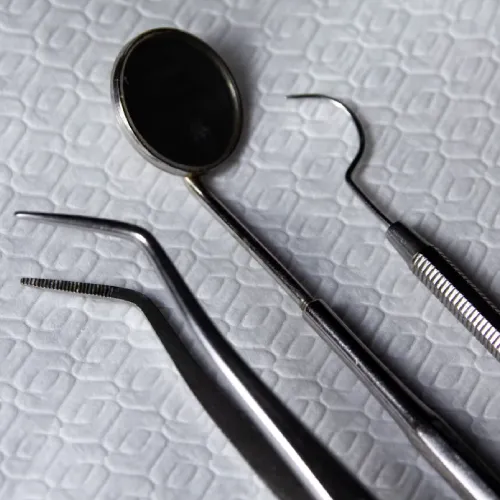The $8.3B Regulatory Crisis in Medical Steel
In May 2025. over 120 tons of orthopedic implants were rejected at EU borders due to mismatched ASTM F138 (U.S.) and GB4234 (China) certifications. With global medical steel demand projected to hit $28.7B by 2026. procurement teams must master these 5 conflict-resolution strategies to avoid costly delays.

1. Elemental Composition: Bridging the Molybdenum Gap
Key Conflict:
ASTM F138 mandates 2.5-3.5% Mo for corrosion resistance
GB4234 allows ≤2.0% Mo (Class 1 medical devices)
Solution:
Tactic A: Source dual-certified 316LVM steel (Mo: 2.8%) from Japan’s Daido Steel or Germany’s Thyssenkrupp
Tactic B: For cost-sensitive projects, use GB4234-compliant 304 steel with post-processing:
✓ Electropolishing to ISO 13485 standards
✓ Passivation per ASTM A967 (Nitric 3 method)
Cost Impact:
Dual-certified materials add $1.200/ton but reduce customs rejection risk by 92% (2025 MedTech Alliance data).
2. Surface Roughness: Navigating Ra Value Discrepancies
| Standard | Ra (μm) Requirement | Inspection Method |
|---|---|---|
| ASTM F138 | ≤0.5 | Laser profilometry |
| GB4234 | ≤0.8 | Contact stylus |
Case Study:
A Shenzhen manufacturer lost $420K when EU auditors rejected Ra 0.6μm implants. They now:
Implement 3-stage abrasive blasting (Al₂O₃ 220 grit)
Use Keyence VR-6000 non-contact scanners for real-time QA
3. Biocompatibility Testing: Harmonizing ISO 10993 and YY/T 0660
Critical Overlaps:
Cytotoxicity tests: Both require ≤Grade 2 reactions
Nickel leaching: ASTM F138 caps at 0.35μg/cm²/week vs. GB4234’s 0.5μg
Smart Compliance:
✓ Conduct tests at TÜV SÜD’s Shanghai lab (accredited by both CNAS and FDA)
✓ Pre-certify materials using the new Asia-Pacific Medical Steel Database (APMSD 2025)
4. Traceability Protocols: Aligning UDI and China DHR Systems
2025 Regulatory Shift:
EU MDR requires Unique Device Identification (UDI) with GS1-128 barcodes
China’s Device History Record (DHR) mandates QR codes with GB18030 encoding
Interoperability Fix:
Adopt blockchain platforms like SAP’s Medical Steel Track:
Auto-generates dual-format labels
Stores smelting data (incl. furnace batch logs) on Hyperledger
5. Post-Market Surveillance: Reconciling FDA 21 CFR 820 vs. NMPA Order 739
Divergent Requirements:
| Aspect | FDA | China NMPA |
|---|---|---|
| Complaint handling | 30-day response | 15-day escalation |
| Recall reporting | 10-day notice | 72-hour alert |
Operational Workaround:
Implement AI-powered systems (e.g., Greenlight Guru) that auto-flag jurisdiction-specific requirements
Train suppliers on the Global Medical Steel Compliance Matrix (GMSCM 2025)
Future-Proofing Your Supply Chain
2026 Regulatory Preview:
Combined ASTM-GB standard (Draft F138/GB4234-2026) expected Q3 2025
Mandatory AI-driven metallurgical reports under EU’s AI Act Article 14